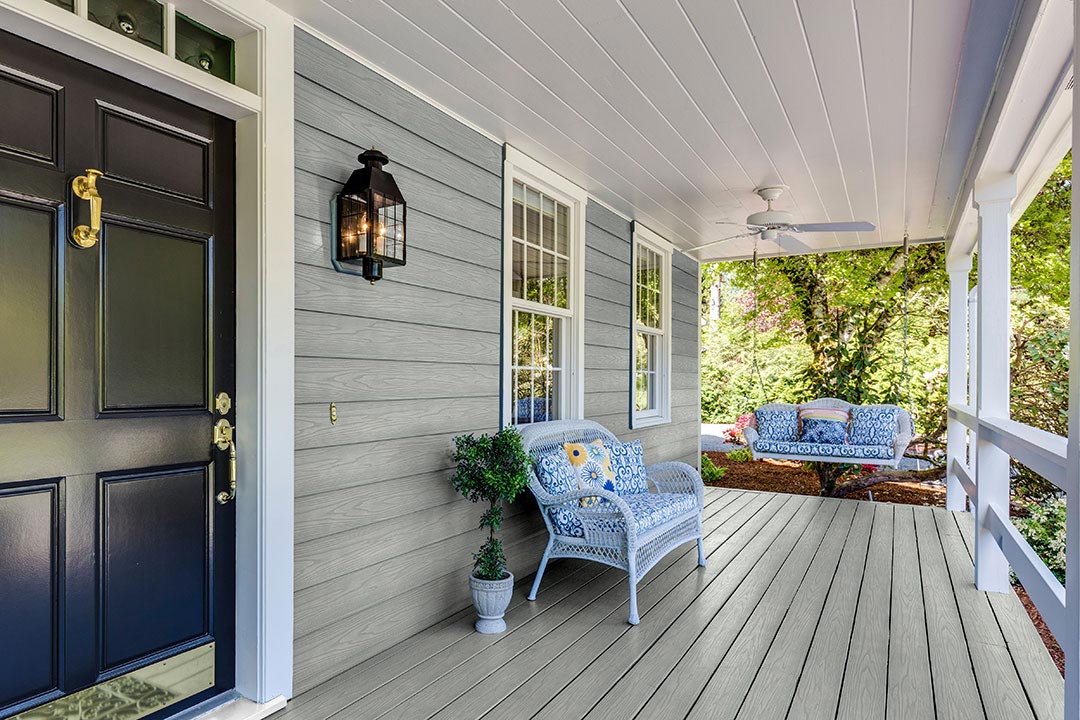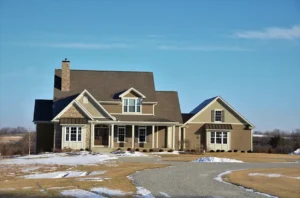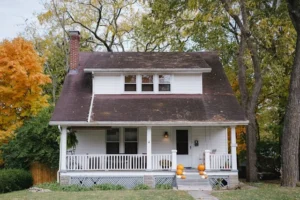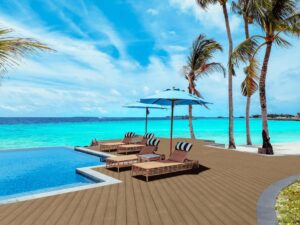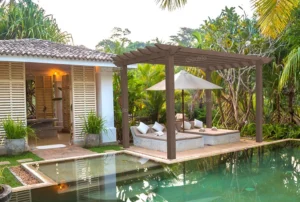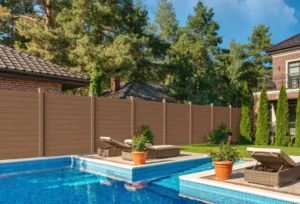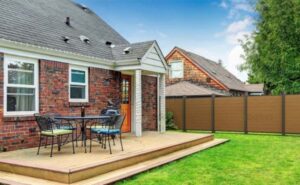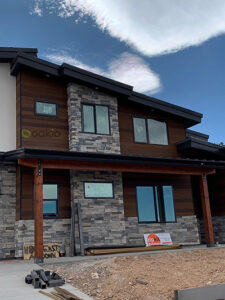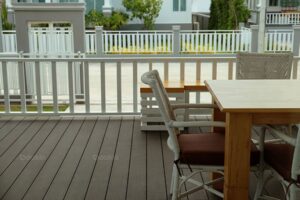WPC Wall Panels: Key Differences Between Laminate And Extruded Wall Panels
Wondering about the benefits of using wall panels? If you’re looking to add an aesthetic aura to your home’s exterior, interior, or both, there are a myriad of options to choose from, such as laminate and extruded wall panels.
But what’s the difference between these two? What benefits does laminate have that the extruded one doesn’t, and vice versa? What is the best choice in terms of cost-effectivity, and ease of installation, and are they better than WPC wall panels?
If you have these questions, read on as we discuss the key differences between the two and offer you professional advice to help you choose the right panel for your home!
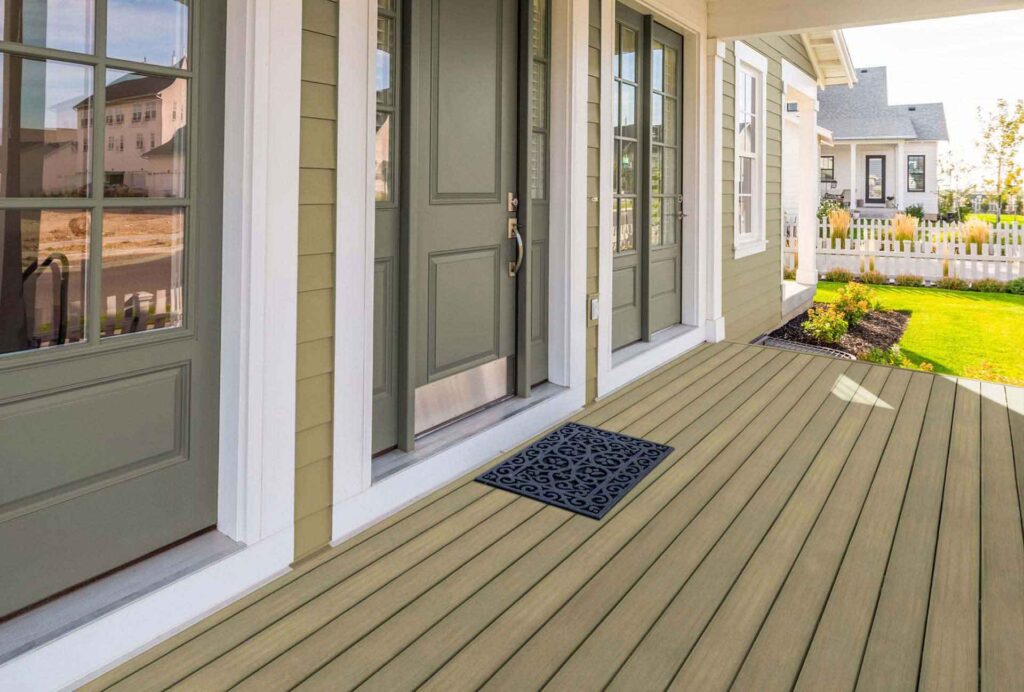
Interior Wall Paneling Considerations
When choosing an interior wall paneling system, there are several key factors you should consider so you can ensure your project is seamless and efficient. One of the most important considerations is the panel material.
According to a study by the Home Improvement Research Institute, homeowners looking for renovations and remodeling tend to prefer materials that offer top-notch durability and low maintenance—such as laminate and extruded panels.
Since laminate wall panels are known for their design flexibility and low prices, they can be a cost-effective solution for your interior paneling project. On the other hand, extruded wall panels are known to be durable and moisture-resistant, making them suitable for high-moisture areas.
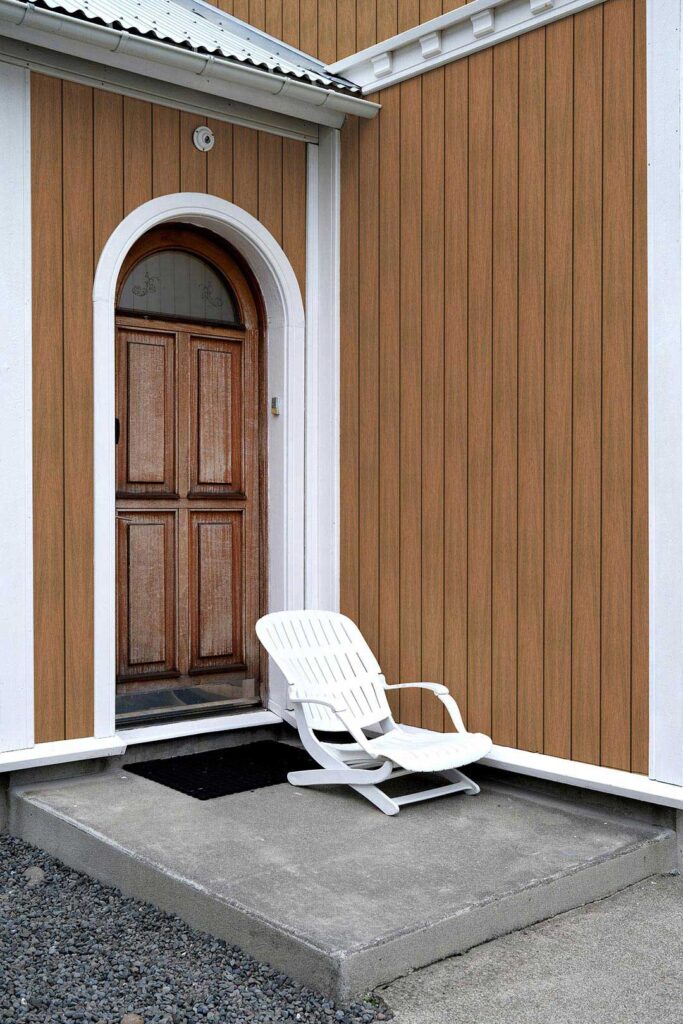
Another factor to consider is how easy it is to install the panel yourself. In fact, many market research studies suggest homeowners choose materials that are known to be easy to install and maintain.
Aside from panel material and ease of installation, aesthetic and design options should also be one of your considerations—pick a panel system that mimics natural textures and offers a variety of designs to enhance your property’s overall ambiance.
What Is A Laminated Wall Panel?
[Photo featuring a laminated wall panel; preferably including the cross-section of the laminated wall panel and its material composition]
A laminated wall panel is a type of wall panel that has a decorative surface made from layers of paper or fabric and then bonded with resin through pressure and heat treatment.
This type of panel has a multi-layer construction: one surface layer that features and mimics the design and texture of natural wood, and one core layer that provides structural stability, which is typically made from particleboard or medium-density fiberboard (MDF).
Since laminated wall panels are versatile, they are commonly used in interior spaces, such as living areas, kitchens, family rooms, and even bedrooms. But as always, there are pros and cons with these panels:
Pros
- Laminate panels are known to be more affordable and cost-effective than other panels like natural wood.
- They possess a good level of durability, and are resistant to stains, fading, and scratches.
- They come with a variety of designs in terms of color and texture, which allows for personalization and customization.
Cons
- Laminate panels tend to swell or warp when exposed to water and moisture for too long.
- Damaged panels are often difficult and time-intensive to repair, and often require total replacement instead.
- Despite featuring colors and textures similar to natural wood, laminate panels can sometimes look synthetic.
What Is An Extruded Wall Panel?
[Photo featuring an extruded wall panel; preferably including the cross-section of the extruded wall panel and its material composition]
An extruded wall panel is a type of panel that is made from materials such as PVC or aluminum, which undergoes a process called extrusion, where the material is melted and shaped.
This process allows producers to create perfect shapes and dimensions, while also ensuring consistent quality among product batches. These panels commonly feature interlocking edges to facilitate easy installation.
Extruded wall panels are famous for their durability and moisture resistance, making them one of the best choices to use in places where moisture and water are prevalent—-such as basements, bathrooms, and kitchens. Here are their pros and cons:
Pros
- These panels boast great durability against moisture, impact, and weather. They can also resist chemicals for certain periods.
- Most extruded panels come with interlocking designs to simplify the installation process, making them DIY-friendly.
- They only require minimal maintenance and can be cleaned with readily available materials.
Cons
- They can be more expensive than other wall panels due to the more complex manufacturing process, and the combination of different materials.
- Although they have a variety of designs, they may offer different aesthetics than laminate and natural wood panels.
- PVC extruded panels can expand in response to temperature changes—this can cause issues with the alignment of the panel over time.
Key Differences Between Laminated and Extruded Wall Panels
| Feature | Laminated Wall Panels | Extruded Wall Panels |
| Construction Method | Layering laminate on a core | Forced molten materials through a die |
| Material Options | Wider variety (MDF, plywood, laminate) | Primarily plastic or composites |
| Design Options | More diverse (wood grains, colors, patterns) | Fewer options (mostly pre-finished styles) |
| Durability | Moderately durable | Highly durable, water-resistant |
| Ease of Installation | Generally easier | Can be heavier and more challenging |
Laminated and extruded wall panels both have their strengths and weaknesses, but what are their key differences? Let’s explore them below.
Construction Method
Laminate wall panels are created by combining multiple layers of paper or fabrics with resin as a bonding agent, which are bonded under immense heat and pressure. This process creates a durable and aesthetic material that mimics different color themes and textures.
Extruded wall panels, on the other hand, are made by melting materials such as PVC or aluminum into a mold to create a long and continuous profile. This process ensures a consistent and perfect shape and can include interlocking shapes to ease installation.
Material Options
Laminate panels are primarily made of kraft and decorative paper, which are bonded with resins. The core of the panel, serving as the main structural support, is made out of medium-density fiberboard—a material commonly used to build cabinets and bed frames.
In contrast, extruded panels use materials such as PVC, which is known for its extreme moisture resistance. It can also be made with aluminum, which is known for its tensile strength and lightweight structure.
Design Options
Laminate wall panels offer a good variety of design options, thanks to their easy-to-create printed decorative layer. They can almost replicate natural materials such as stone, marble, or wood—-making them a great cost-effective alternative.
Extruded panels also offer a variety of design options, but not in the same number as laminate ones. Oftentimes, extruded panels are used for their functional features rather than design options.
Durability
Laminate panels are durable and can resist a variety of damaging factors such as stains, fading, or scratches. They are good for high-traffic areas, though it might not be ideal if high moisture levels are prevalent.
Extruded panels, in comparison, are famous for their durability rather than aesthetics. They can resist high moisture levels, impact, and even corrosion for aluminum ones.
Ease of Installation
Laminate panels can be easy to install as some feature click-and-lock systems, or adhesive layers that streamline the installation process—-making them a popular choice for people who love DIY projects.
Extruded ones are typically easier to install than laminate ones, thanks to their interlocking edges which require minimal usage of tools.
Elevate Your Walls with Oakio Today!
All in all, laminate and extruded wall panels are great panel types worth checking out. But if you’re looking for something more versatile—a material that combines both aesthetics and durability without compromising one, a WPC wall panel is the solution.
At Oakio, our WPC wall panel designs replicate natural wood, all without skimping out on durability and weather resistance. As a leading innovator in WPC manufacturing, we have dedicated our many years of experience to bringing you high-quality panels you’ll love!
Our products are crafted with love and precision so you can enhance your living spaces with both aesthetics and function in mind. Check us out today!
Join the Oakio newsletter today and stay updated with the latest guides and tips like this, and be the first to know about our exclusive deals and discounts!
Trending Reading
What Are the Differences Between the WPC Board and PVC Board?
[2024 Update] How Long Does WPC Decking Last?
